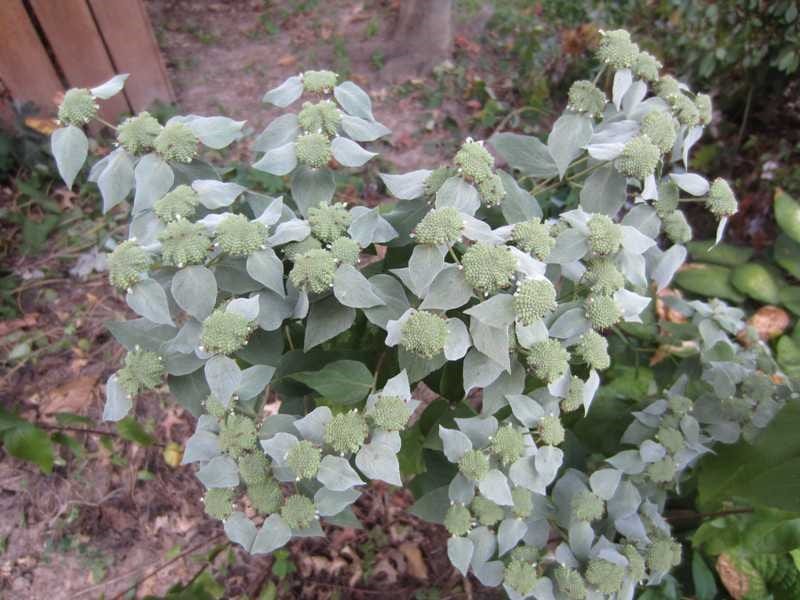Pollination is a very important part of the life cycle of a plant which is why the much publicized decline in pollinator insects is alarming. One reason for the dwindling pollinator population is habitat loss. Neighborhoods have fewer butterflies, bees, and other insects due to the increase use of pesticides and fewer people planting nectar-rich flowers. Insects not only help to pollinate our flowers and fruit, they are also an irreplaceable food source for songbirds and other creatures.
However, the level of awareness of the peril that bees, butterflies and other insects face is increasing and we’re seeing homeowners in Malvern, Gilbertsville, Collegeville and surrounding areas beginning to plant flowers to attract and support pollinators. Families are creating healthy ecosystems in their own backyards!
Every garden, large or small, can provide habitat for some of the world’s creatures. If each yard devoted a small area to pollinator plants, the whole neighborhood would serve as a season-long buffet of pollen and nectar that would support bees, butterflies and other visitors.
A Few Pollinator Tips for a Pollinator Friendly Garden
Sunny Location – Locate your pollinator garden in a sunny site with a wide range of flower types, shapes and sizes.
Large Drifts – Plant flowers in large drifts (buy three or more of a plant).
Add Variety – As your pollinator garden grows, choose a wide variety of colors, fragrances, heights and shapes.
Native Plants – Select plants native to your area and make sure your selection matches your site condition. Native plants will thrive without the use of fertilizers and pesticides.
Succession of Blooms – Choose plants that have a different bloom time so that pollinators have nectar throughout the season.
If you want colorful butterflies, grow plants for caterpillars. Asclepias incarnata (swamp milkweed) is the only host plant, and vital food source for the larval stage of monarch butterfly caterpillars. It can grow two to six feet tall depending on soil and conditions and has clusters of gorgeous purple-pink flowers. Many other butterflies and nectar seekers will enjoy swamp milkweed.
If you have minimal planting area, consider filling a container with pollinator-friendly plants and place it on your patio or deck.
6 Great Perennials for Pollinators
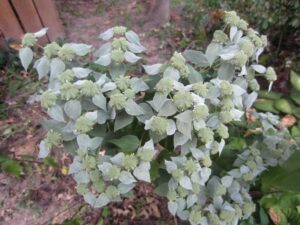
Clustered Mountain Mint. Photo credit: Missouri Botanical Garden
Pycnanthemum muticum (clustered mountain mint). This plant was grown at the Penn State Southeast Research and Extension Center and attracted the most insect diversity. It’s easy to care for and grows two to three feet tall and spreads from the center. It has a lovely silvery upper leaf surface and minty fragrance. Bloom time is mid to late summer.
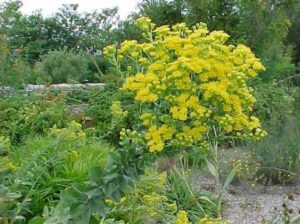
Stiff Goldenrod. Photo Credit: Missouri Botanical Garden
Solidago rigida (stiff goldenrod). Goldenrods are among the most important late fall source for pollinators. It grows 4 -5 feet tall and likes dry to average soils. Looks good in the back of the border and attracts the great diversity of pollinators proven at the Penn State trials. It has feathery bright yellow plumes and can handle wind and storms.
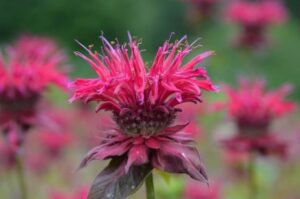
Bee Balm, Monarda Judith’s Fancy Fuchsia. Photo: Mt. Cuba Center
Monarda species (Bee Balm). This pollinator superstar has pompom like clusters of tubular flowers that are irresistible to native bees and bumble bees. It also has been identified as a valuable nectar plant for monarchs. Read Mt. Cuba’s research report on Monardas for our region.
Liatris spicata (Blazing Star). The deep purple flower spikes will bring a pageantry of colorful butterflies to your garden. Their height allows easier viewing of passing pollinators but they sometimes need staking but if you prefer a more compact plant that needs no staking, try ‘Kobold’, which only grows to 2 feet.
Anise Hyssop (Agastache foeniculum). This herb plant satisfies the sugar craving of a variety of pollinators. Honeybees, in particular, love feeding on the super-sweet nectar of hyssop’s densely packed flowers. Read an informative article on Anise Hyssop by master gardener, Carol Kagan from Penn State Ext.
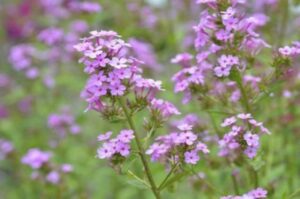
Phlox paniculata ‘Jeana”. Photo: Mt. Cuba Center
Phlox paniculata ‘Jeana’. In a Mt. Cuba Trial Study, this particular phlox attracted the most butterflies and hummingbirds also love it. It produces fragrant tubular lavender-pink florets and has excellent resistance to powdery milde
Penn State Extension is another resource for pollinator information. Check out these fact sheets:
Pollination and Pollinators , Planting for Pollinators and Best Plants for Pollinators
It’s so refreshing to see our clients in Montgomery, Chester and Berks counties continually ask about pollinator plants and wildlife friendly gardens. Our hummingbirds, native bees and butterflies need our help more than ever!
Whitehouse Landscaping has been designing, installing and maintaining beautiful custom landscaping and hardscaping in the Wayne, Collegeville, Royersford, Phoenixville and surrounding areas since 2000. Finding the right landscaping professional for your individual needs can be overwhelming. However, Whitehouse Landscaping is here to answer your questions at every stage of your process.

